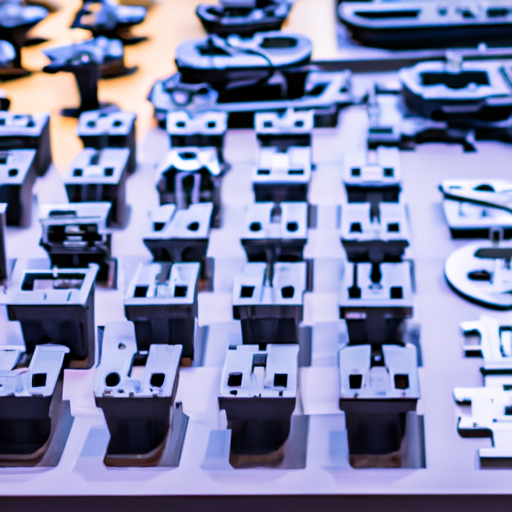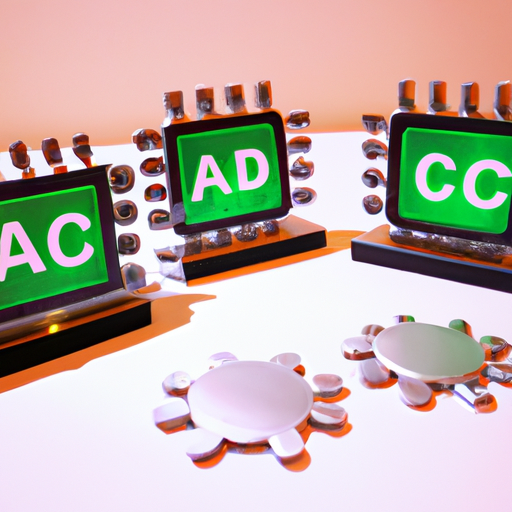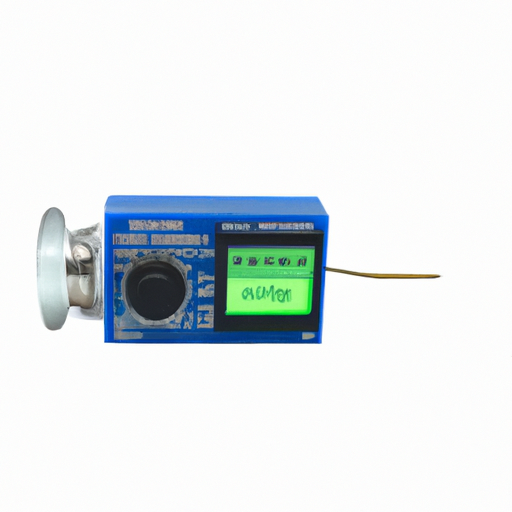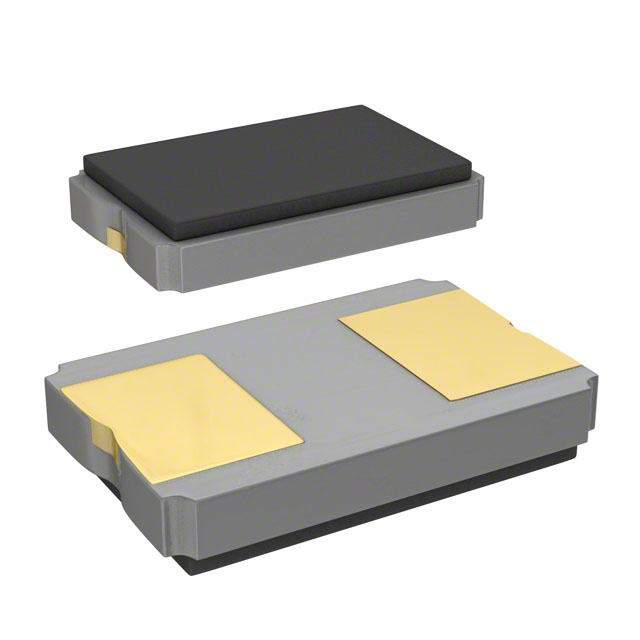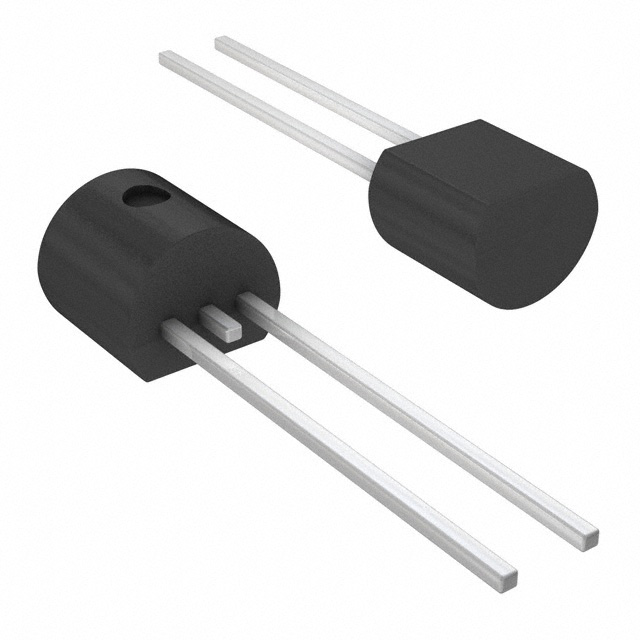CFR-25JB-52-1R1 Prototyping, Fabrication Products highlighting the core functional technology articles and application development cases of Prototyping, Fabrication Products that are effective.
Overview of Prototyping and Fabrication Technologies
The designation CFR-25JB-52-1R1 likely refers to a specific component or product within the broader context of prototyping and fabrication technologies. While I don't have direct access to articles or case studies associated with that designation, I can provide a comprehensive overview of core functional technologies and notable application development cases in the field.
Core Functional Technologies in Prototyping and Fabrication
| 1. 3D Printing (Additive Manufacturing) | |
| 2. CNC Machining | |
| 3. Laser Cutting and Engraving | |
| 4. Injection Molding | |
| 5. Sheet Metal Fabrication | |
| 6. Electronic Prototyping | |
| 1. Automotive Industry | |
| 2. Healthcare | |
| 3. Consumer Electronics | |
| 4. Aerospace | |
| 5. Architecture and Construction |
Application Development Cases
Conclusion
Prototyping and fabrication technologies play a crucial role in modern product development across various industries. By enabling faster iterations, reducing costs, and allowing for innovative designs, these technologies enhance the efficiency and creativity of the development process. For further exploration of specific articles and case studies, industry journals, trade publications, and academic research papers are valuable resources to consider.

